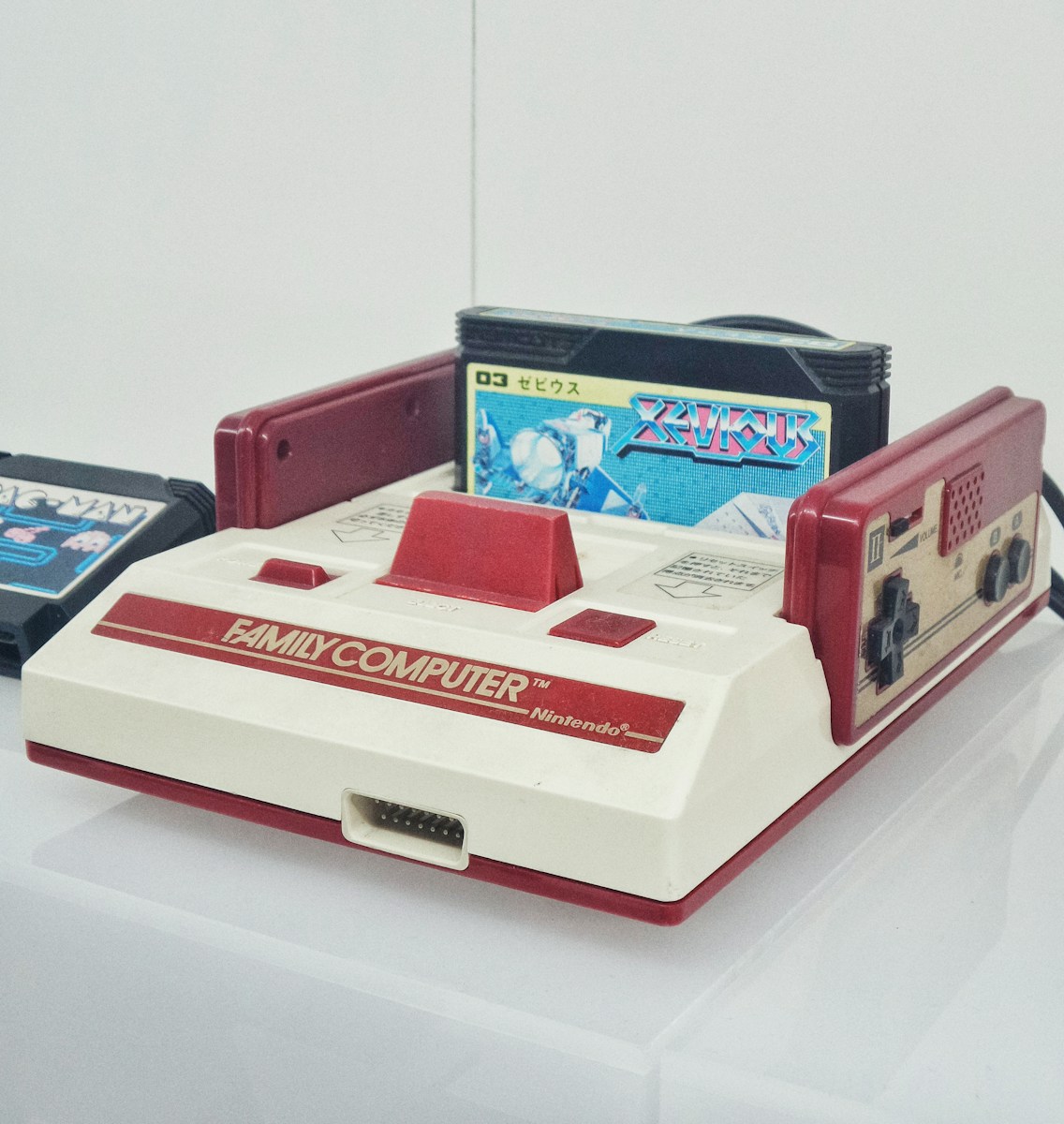Refurbished Retro Consoles: Yesterday’s Technology, Today’s Obsession
No one remembers the engineers who tinkered away in the late ’70s and early ’80s, assembling the first batches of Atari 2600s. You might grow up to be a collector or a retro gaming enthusiast, but the ones who soldered the circuit boards didn’t need to be considered legends. They just had to be good enough at their craft to make something functional, something that worked—a box capable of transcending its limitations and delivering joy.
A couple of decades later, the same holds true for refurbished retro consoles. The art isn’t in reinventing old tech or making it compete with modern powerhouses. It’s in the care and the deliberate process of bringing something back to life, of giving players a chance to hold onto, quite literally, the past.
What Exactly Is a Refurbished Retro Console?
A refurbished retro console is a device from gaming’s past—think NES, Sega Genesis, or Sony’s original PlayStation—that has been repaired, cleaned, and tested to ensure it works as intended. It’s not new, but it’s close. For these midwives of nostalgia, the job is simple: make the aging console functional again without attempting to distort or update its personality. The refurbished console isn’t trying to compete with a PlayStation 5. It’s here to do one job—run Tetris, Sonic the Hedgehog, or Final Fantasy VII the way they were meant to be experienced.
How Are Retro Consoles Refurbished?
Refurbishing a console typically involves several key steps:
- **Cleaning and Restoring**: Dust, grime, and oxidized components are carefully cleaned away. Decades-old plastic casings are polished to remove yellowing, but never in a way that feels out of place for the era.
- **Repairing Hardware**: Corroded pins, dead capacitors, broken power supplies—these are the types of issues the refurbisher must resolve.
- **Testing for Compatibility**: Each console must be tested rigorously to ensure it plays original cartridges or discs, outputs video in a recognizable format, and powers on like it did back in the day.
- **Replacing Peripheral Parts**: Sometimes controllers need to be rewired, or power cables and connectors swapped out for newer, compatible alternatives.
And that’s really all it takes: commitment and craft. This isn’t a job that demands futuristic engineering, just someone willing to sit down in a workshop and pay attention to the details.
Why Refurbished and Not Emulated?
Sure, a software emulator installed on a PC can mimic almost any game’s code. You could sit in front of a modern monitor, connect your Xbox controller, and pretend you’re playing Super Mario 64. You could, but it wouldn’t feel the same.
Retro gaming enthusiasts know it isn’t just the pixels on the screen that make the experience worthwhile. It’s the weight of the controller, the whine of a spinning Sega CD drive, the awkward stiffness of resetting your cartridge twice just to get past the boot screen. The enthusiasts who refurbish consoles aren’t perfectionists—they’re archaeologists preserving that tactile authenticity. They’re not reinventing the gaming experience; they’re letting it live again, flaws and all.
Companies and Communities Bringing Retro Back
This movement is fueled by more than a few hobbyists working in basements. Entire communities and companies have risen to meet the demand for refurbished retro consoles:
- Independent Hobbyists: Often found on forums, Reddit, or Etsy, these meticulous builders take joy in reviving and selling old hardware.
- Reputable Online Stores: Businesses like DKOldies or Retro Gaming Stores specialize in selling cleaned-up working consoles, with warranties for buyers unsure about repairs themselves.
- Community Repair Events: Retrogaming expos often host repair workshops where enthusiasts teach skills like replacing capacitors or cleaning cartridge ports—ensuring the craft keeps its lineage intact.
The folks running these efforts aren’t marketing masterminds. They don’t need a trending hashtag or a viral TikTok. What they need—and what they have—is a shared belief that old technology doesn’t have to disappear. That the SNES you owned as a kid or the PS2 you got for Christmas when you were 12 isn’t just “obsolete.” It’s alive. It just needs a little patience to be resuscitated.
The Cultural Role of “Tech Midwives”
Kevin Kelly famously suggested that technology has its own trajectory, its own intentions, and we, as humans, are just along for the ride. Refurbished retro consoles might not be the cutting-edge of AI, but they are a decade’s worth of culture and innovation, preserved in plastic and silicon. The people who bring them back to life are participants in that narrative, ensuring the past never fully disappears.
They’re not designing the future. They’re not “disruptors,” nor do they need to be. They’re the midwives helping this technology persist a little longer, so we can remember what it felt like to sit on the carpeted floor of a childhood living room, controller in hand, and hit “Start.”
